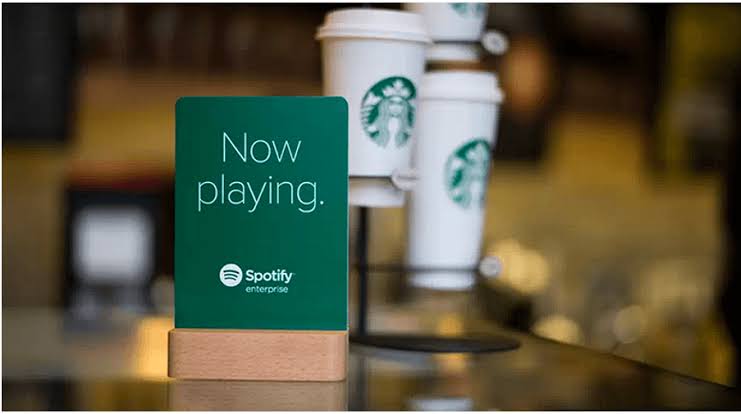
In today’s digital world, brand collaboration isn’t just a trend—it’s a growth strategy. Whether through strategic brand collaboration, co-branding strategies, or cross-brand partnerships, businesses can expand their reach, boost credibility, and tap into new audiences.
But how do you find the right like-minded brands and ensure a successful partnership? This guide explores the benefits, real-world examples, and expert tips to help you master the art of brand collaboration.
Table of Contents
- Introduction: Why Brand Collaboration is a Game-Changer
- How to Find the Right Like-Minded Brands
- Best Strategies for Successful Brand Collaboration
- Case Studies: Successful Cross Brand Collaboration
- Conclusion: Unlock Growth with Brand Collaboration
Introduction: Why Brand Collaboration Is A Game-Changer
If you think brand collaboration is just a buzzword, think again. Today, business partnerships are the driving force behind some of the most successful marketing campaigns. From high-end fashion brands partnering with streetwear labels to tech companies joining forces with lifestyle influencers, co-branding strategies are reshaping industries.
Why? Because when two like-minded brands collaborate, they amplify their strengths, tap into each other’s audiences, and create something uniquely powerful.
But how do you find the right partner? And more importantly, how do you make sure your brand collaboration is a success? Let’s break it down.
Finding The Right Like-Minded Brands
Choosing the right partner is the key to a successful brand collaboration. The wrong partnership can dilute your brand identity, while the right one can skyrocket your growth. Here’s how to find the perfect fit:
1. Define Your Goals
Before you reach out, get clear on what you want:
- More brand visibility?
- Increased sales?
- A fresh brand image?
Identifying your goals helps you choose partners whose audience, values, and objectives align with yours.
2. Look for Brand Synergy
A great brand collaboration happens when two businesses complement—not compete with—each other. A fitness apparel brand partnering with a nutrition supplement company? Perfect. But a luxury brand teaming up with a budget brand? Probably not.
3. Analyse Their Audience
Ensure your potential partner’s audience overlaps with yours. If you’re targeting young, tech-savvy consumers, a brand known for traditional marketing might not be the right fit.
4. Research Their Reputation
Aligning with a brand means sharing its reputation. Do they have positive customer reviews? Are they known for quality products and ethical practices?
Best Strategies For Successful Brand Collaboration
Once you’ve found the perfect partner, it’s time to make your brand collaboration work. Here are expert strategies to ensure success:
1. Co-Create Value, Not Just Content
A true collaboration goes beyond slapping two logos together. Create products, campaigns, or experiences that provide real value to your customers. Example: Nike and Apple’s collaboration on fitness tracking technology wasn’t just marketing—it solved a problem.
2. Align Your Marketing Efforts
For brand collaboration to be effective, ensure consistency across platforms. This means:
- Sharing each other’s content on social media
- Featuring the partnership in email campaigns
- Cross-promoting on websites and blogs
3. Leverage Social Proof
Use testimonials, influencer endorsements, and customer success stories to build credibility. People trust recommendations more than ads—so let your audience see the partnership in action.
4. Track Performance Metrics
A successful brand partnership isn’t just about hype—it’s about results. Use analytics to track engagement, sales, and audience growth to see if the collaboration is truly benefiting your brand.
Case Studies: Successful Cross Brand Collaboration
1. GoPro & Red Bull: Adrenaline Meets Action

These two brands share a passion for extreme sports, making their collaboration a natural fit. By co-producing events and videos, they expanded their audience reach exponentially.
2. Starbucks & Spotify: The Sound of Coffee Culture

This partnership allowed Starbucks customers to curate and influence in-store playlists via Spotify, blending music with the coffeehouse experience.
3. Uber & Spotify: Personalised Rides

By allowing passengers to play their Spotify playlists during Uber rides, this co-branding strategy enhanced the customer experience, boosting brand loyalty for both companies.
Each of these cross-brand partnerships succeeded because they weren’t just about promotion—they added real value to the customer experience.
Conclusion: Unlock Growth With Brand Collaboration
In a world where competition is fierce, brand collaboration is the secret weapon to exponential growth. Whether through strategic brand collaboration, business partnerships, or innovative co-branding strategies, working with like-minded brands can open new doors, increase credibility, and amplify brand visibility.
Want to take your brand to the next level? Start by finding the right partners, aligning your goals, and creating campaigns that genuinely add value. The future of marketing isn’t about competing—it’s about collaborating.
Ready to Transform Your Brand?





